





| Wood Pigeon (Columbia palumbus (Linnaeus, 1758)) |






|
|
Scientific name: Columbia palumbus (Linnaeus, 1758) Common name: Wood Pigeon French name: Pigeon ramier Order: Columbiformes Family: Columbidae Size: 40 to 42 cm, 450 to 500 g Habitat: Lawns, open fields, woodland edges, parks, gardens and in towns also. Food: The Wood Pigeon feeds on the ground. It eats seeds and young shots. Nesting: The stick nest is built in a tree or in dense vegetation on the ground. The Would Pigeon usually lays 2 eggs, 1, 2 or 3 times, between April and September. Migration: Resident. Northern and western birds move to the South in winter. Geographic area: All Europe except extreme North. |
The Wood Pigeon is a greyish-blue bird with a pinkish breast. There is a small white patch on both sides of the neck. The bill is reddish with a yellow tip. The legs are pinkish. You can hear a loud wing clattering when it takes off. The Wood Pigeons, outside the breeding season, are used to forming large flocks and to grouping at common locations to spend the night. |
| [To know more about the Wood Pigeon] [Next picture] [Top] |
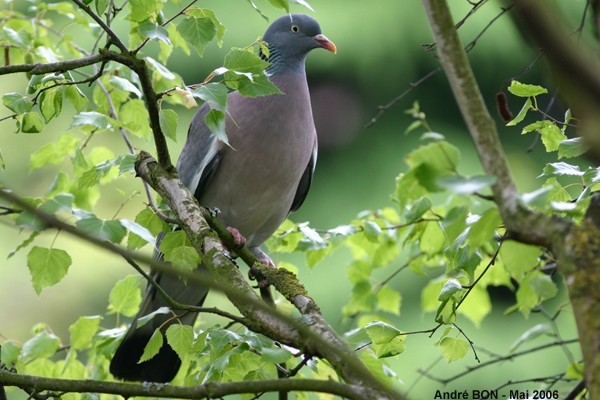
|
There are many Wood pigeons around my home. One couple is even breeding in my garden, on top of an ivy-covered tree. |
| [To know more about the Wood Pigeon] [Next picture] [Previous picture] [Top] |
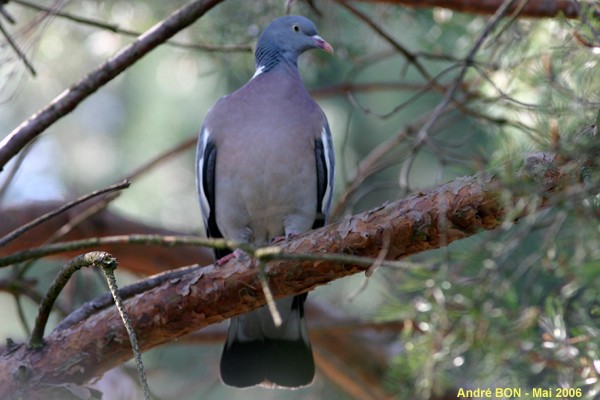
|
The Wood Pigeons are coming to collect sticks to build their nests. This is the best time to take pictures as they are tame and as they are regularly coming back. |
| [To know more about the Wood Pigeon] [Next picture] [Previous picture] [Top] |
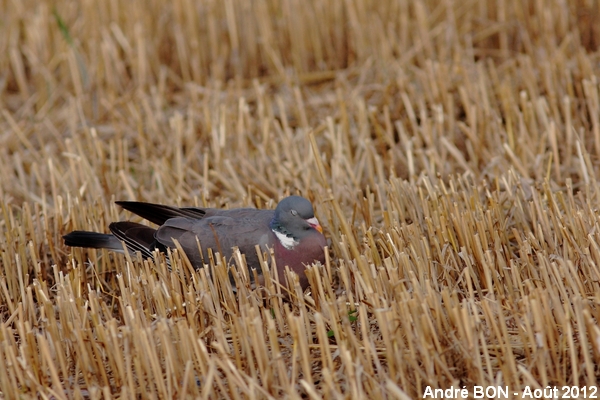
|
What a pleasure to take a short nap after having eaten all the grains forgotten by the harvesting machine! |
| [To know more about the Wood Pigeon] [Next picture] [Previous picture] [Top] |
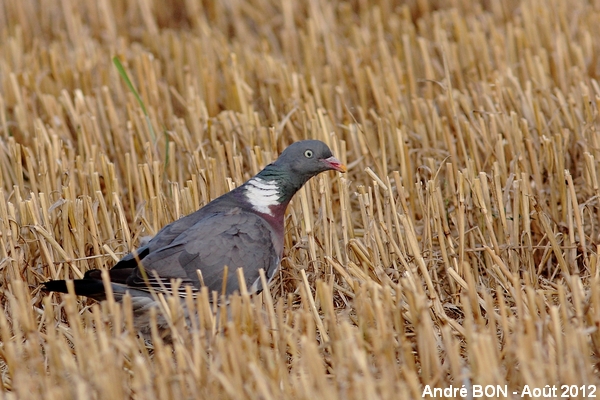
|
I have shot this picture from my car. Surprised and worried, this Wood Pigeon will soon fly towards a quieter place. |
| [To know more about the Wood Pigeon] [Next picture] [Previous picture] [Top] |
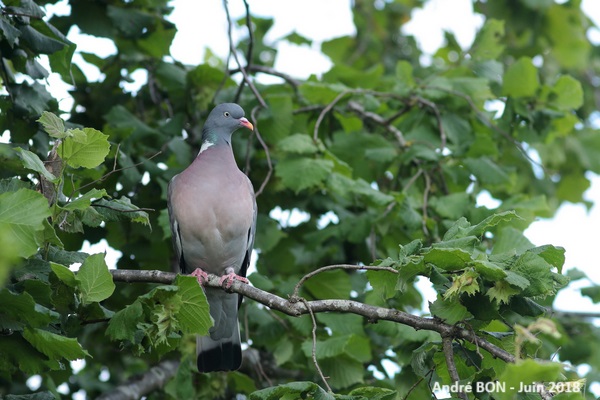
|
The hazel tree in my garden is often visited by Red Squirrels and Great Spotted Woodpeckers, but I prefer Visits of Wood Pigeons because they do not leave with my hazelnuts. |
| [To know more about the Wood Pigeon] [Previous picture] [Top] |
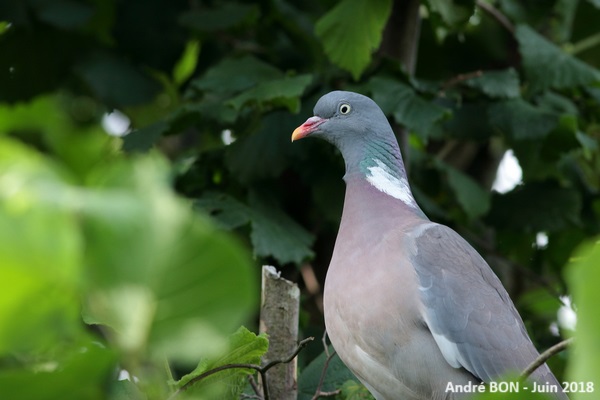
|
Close up view. |